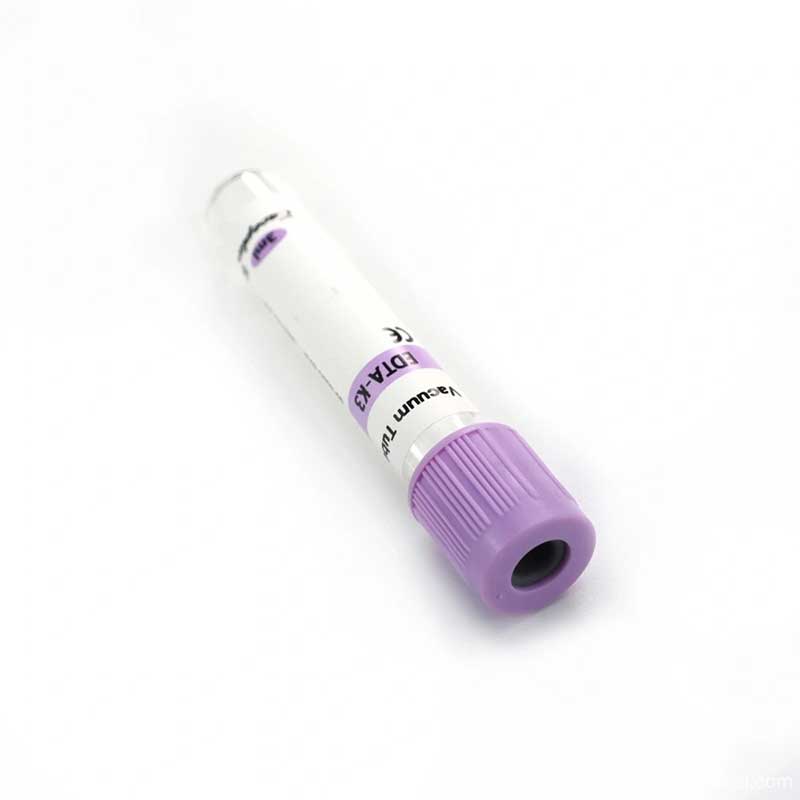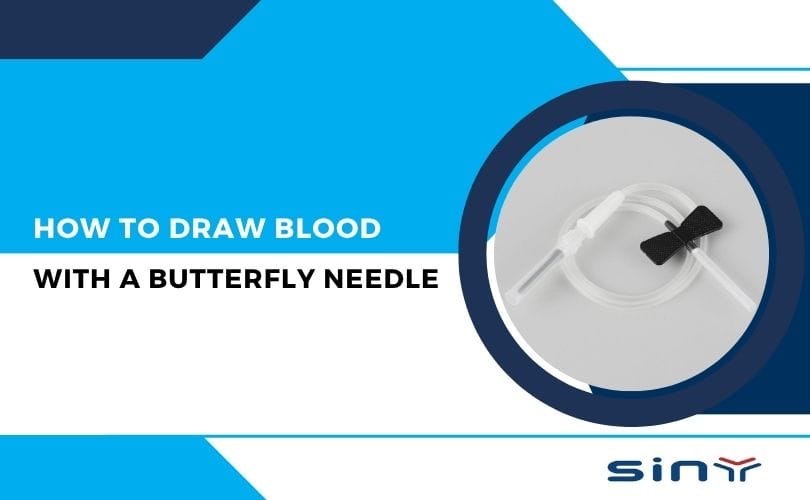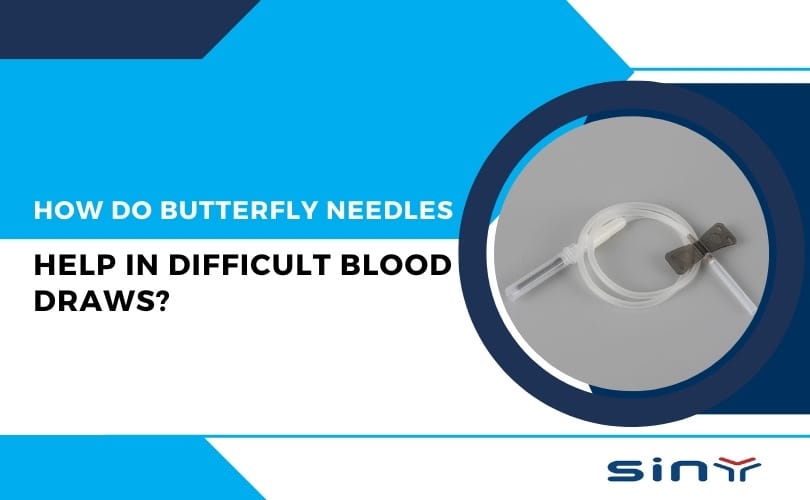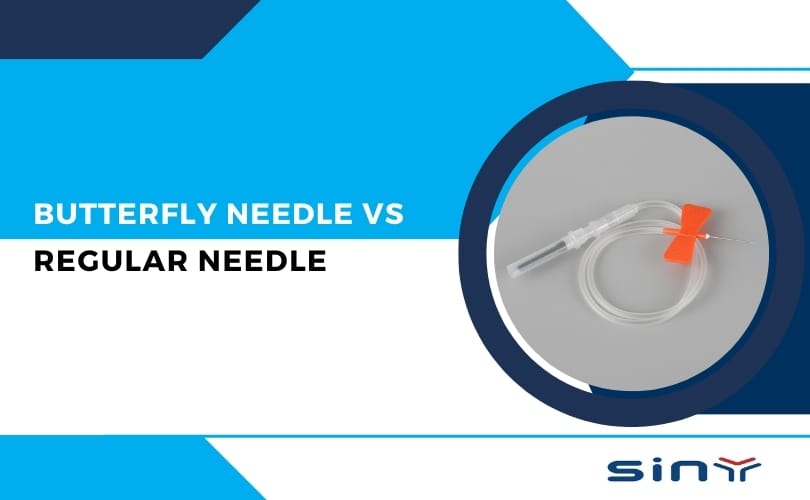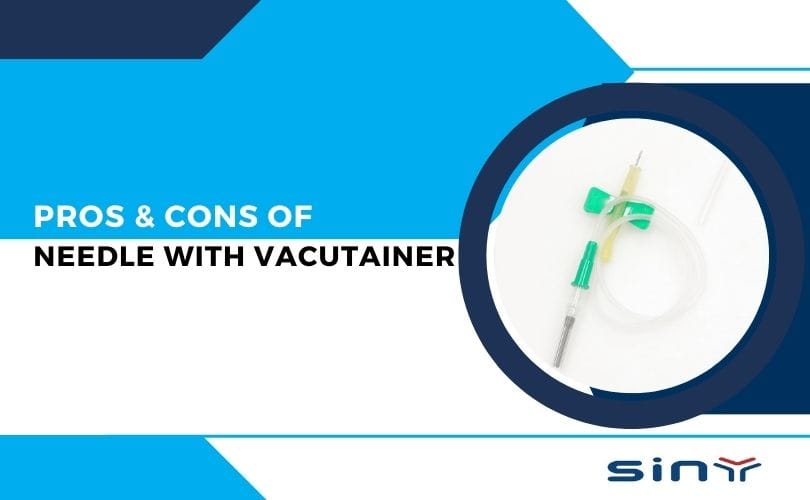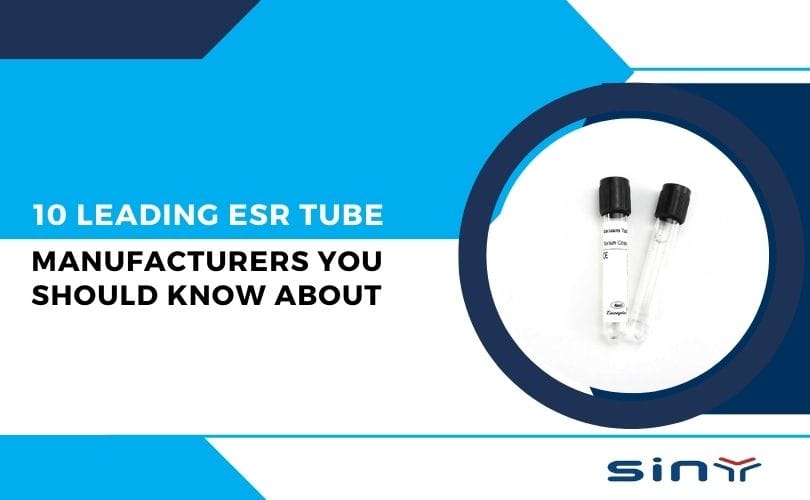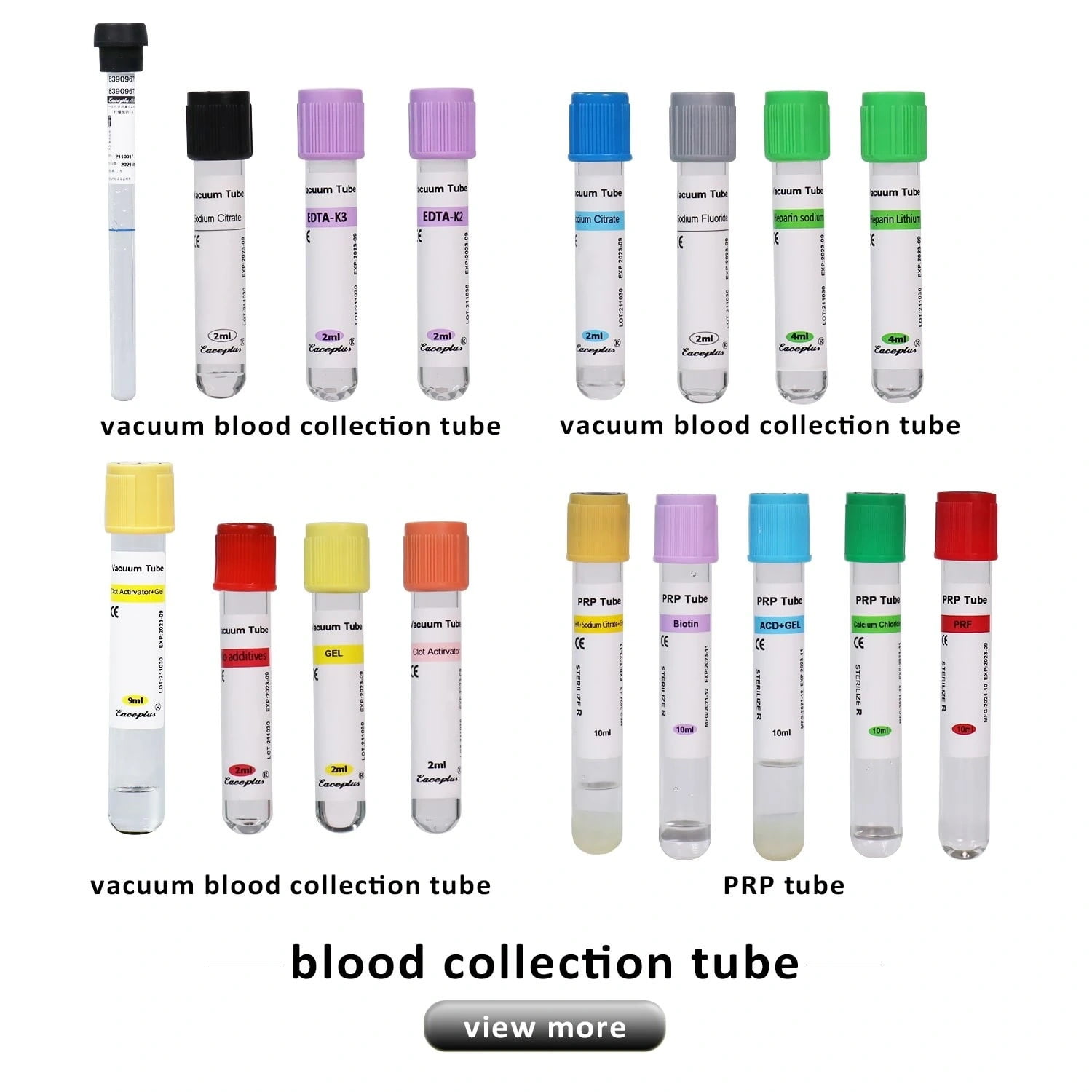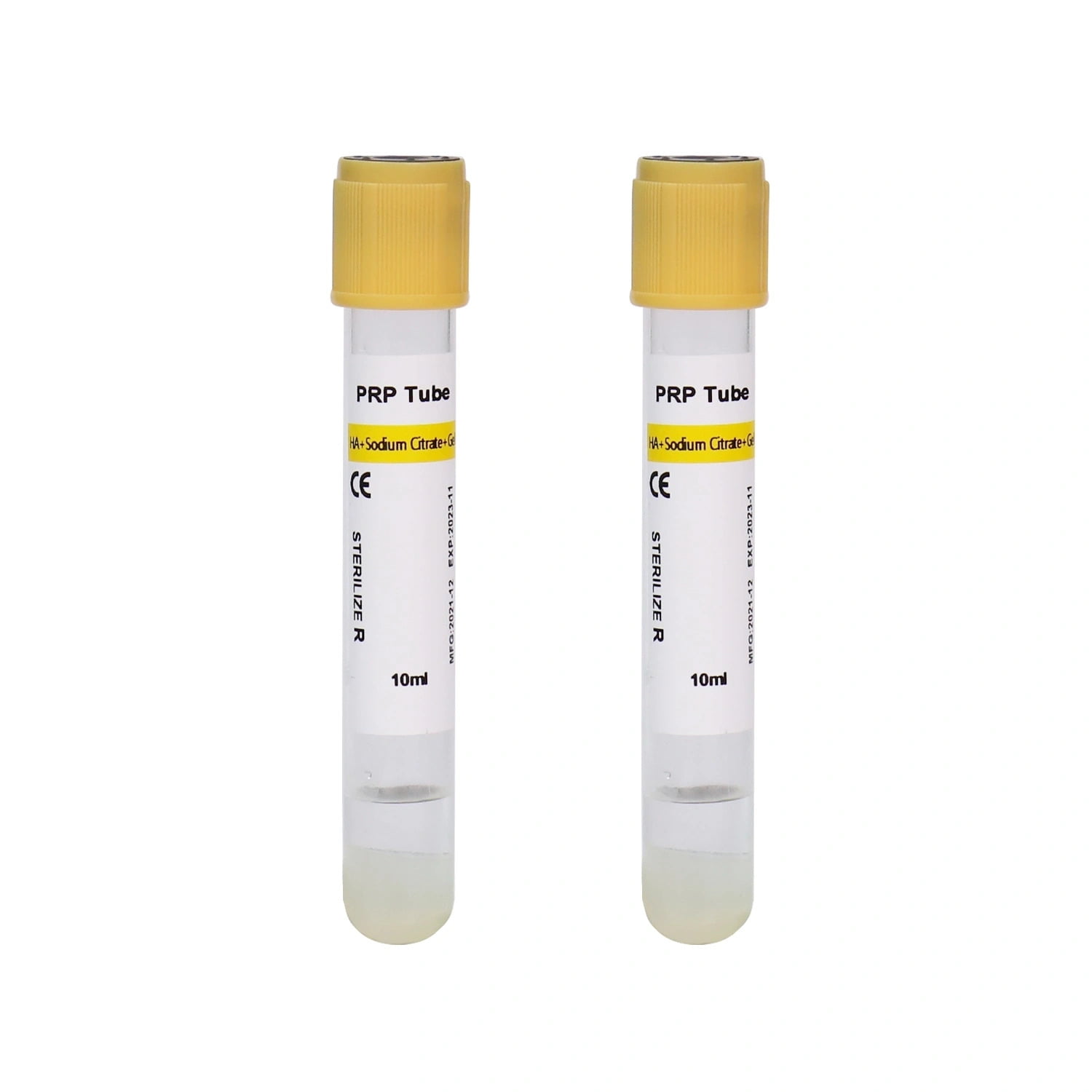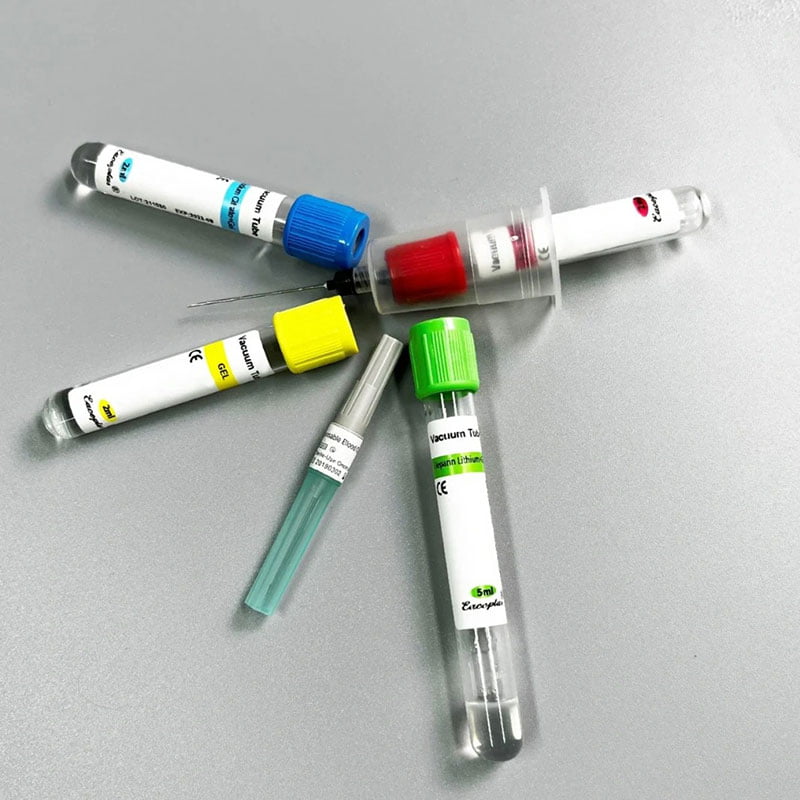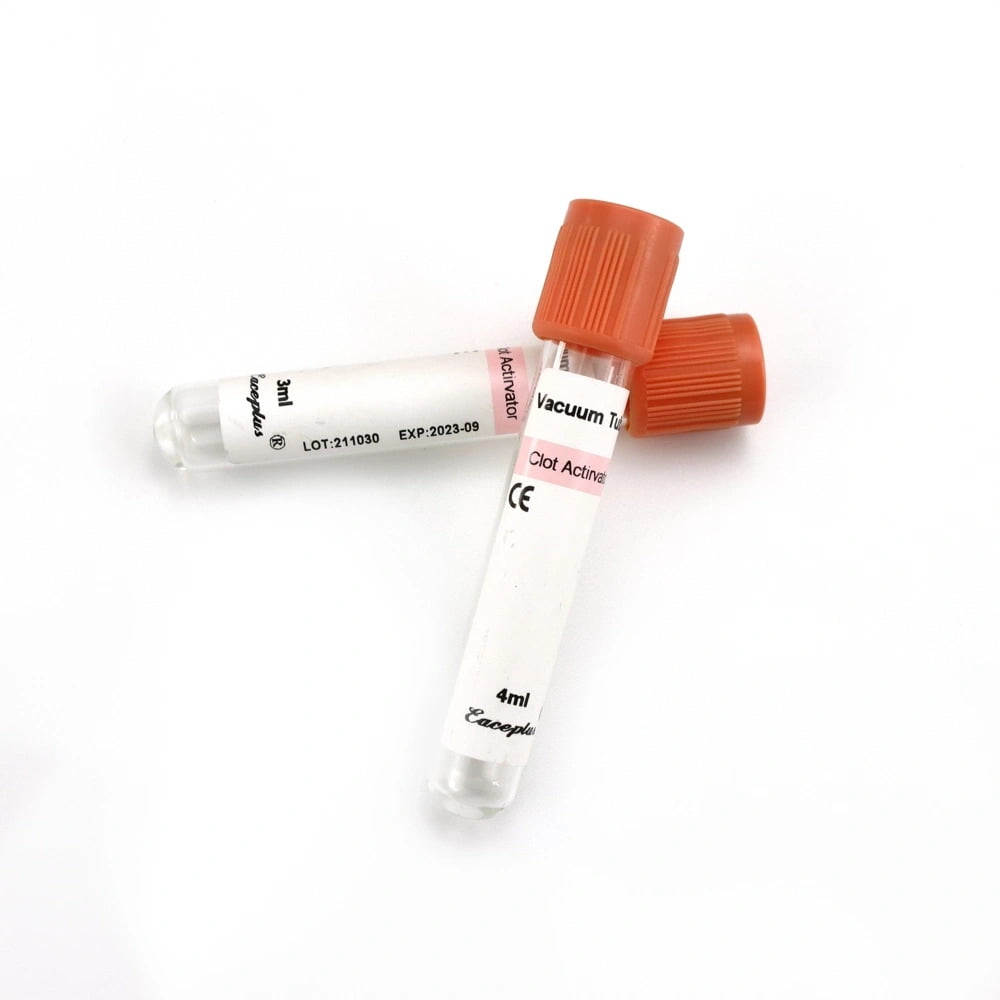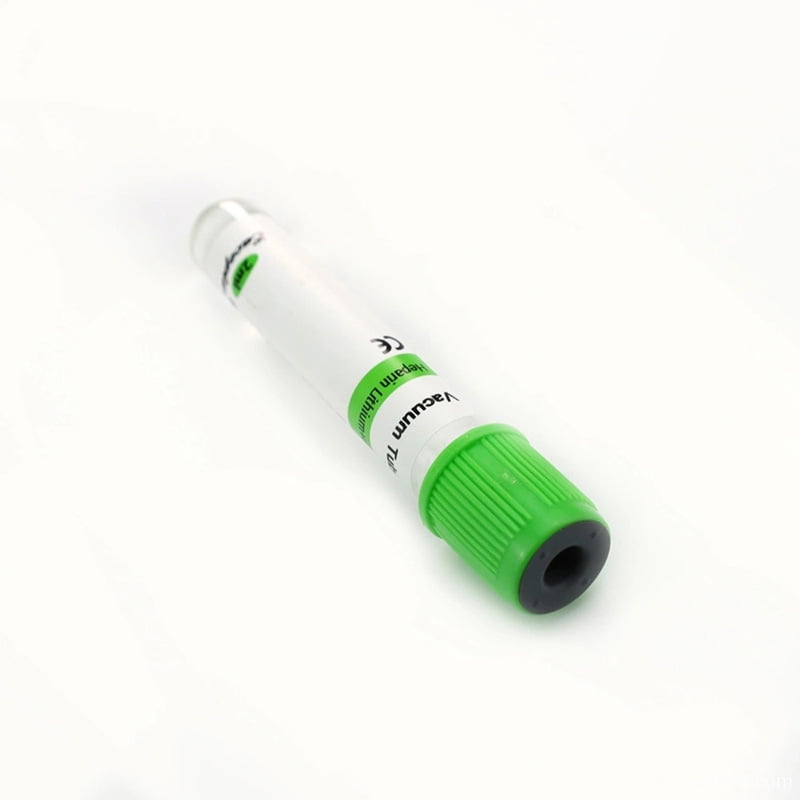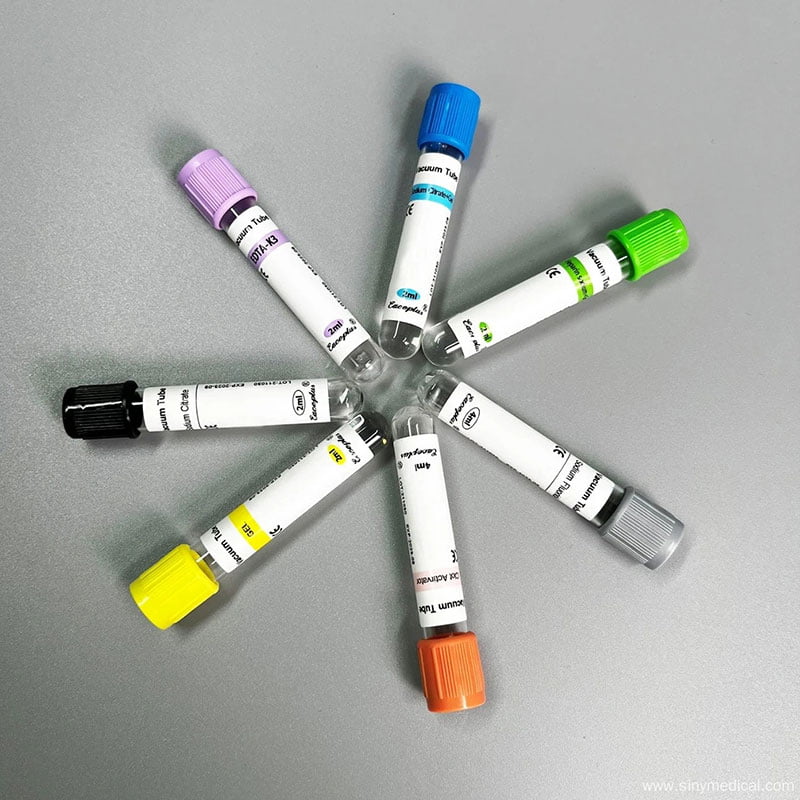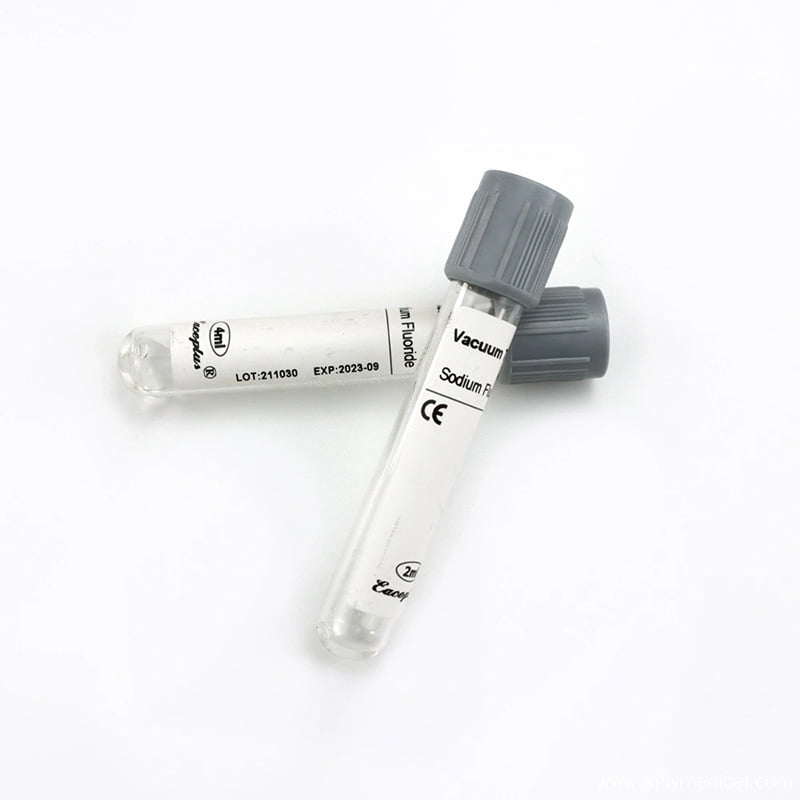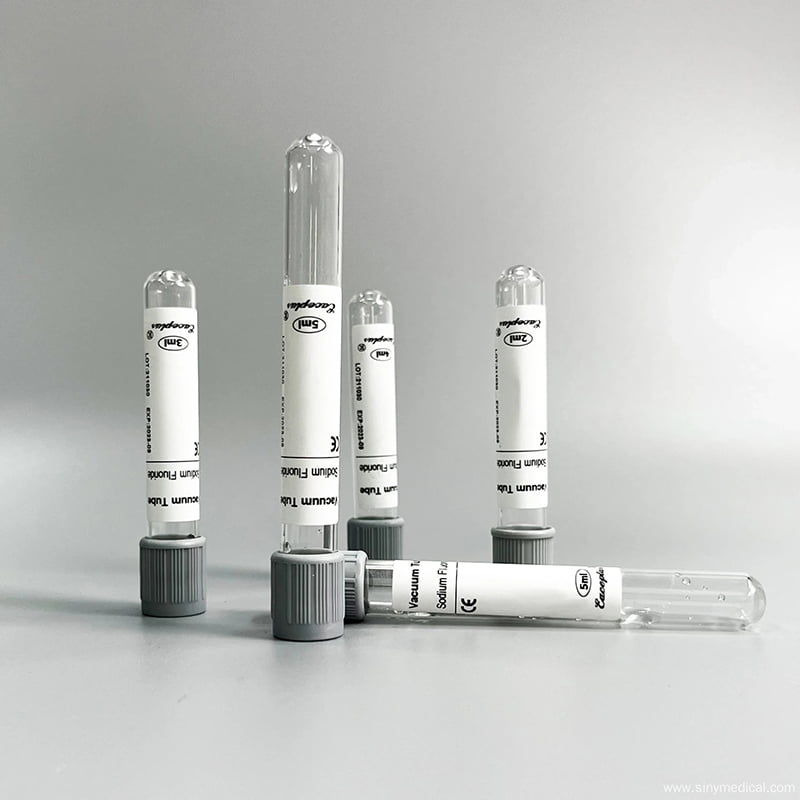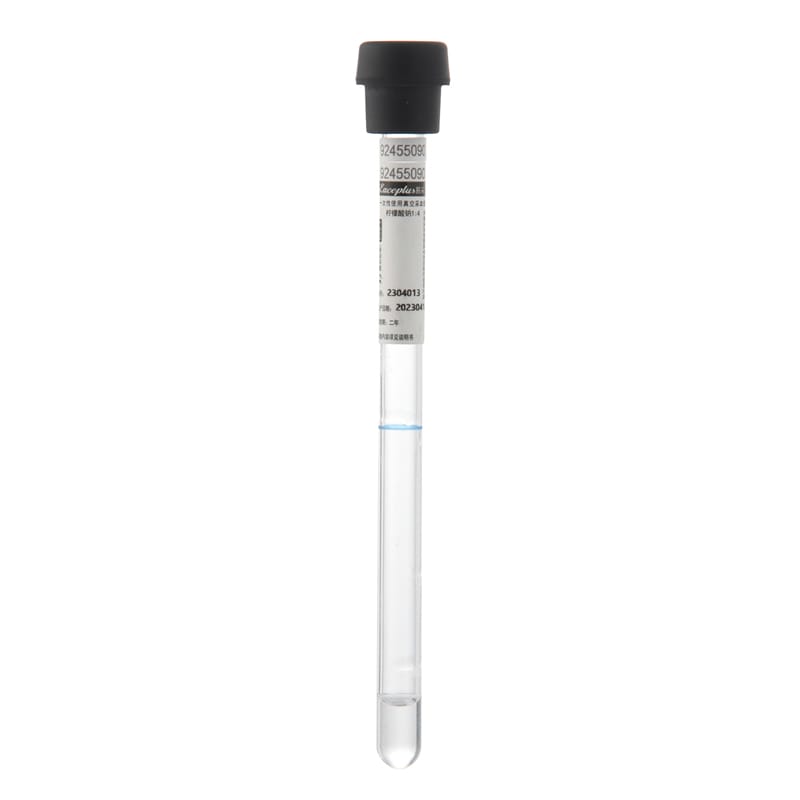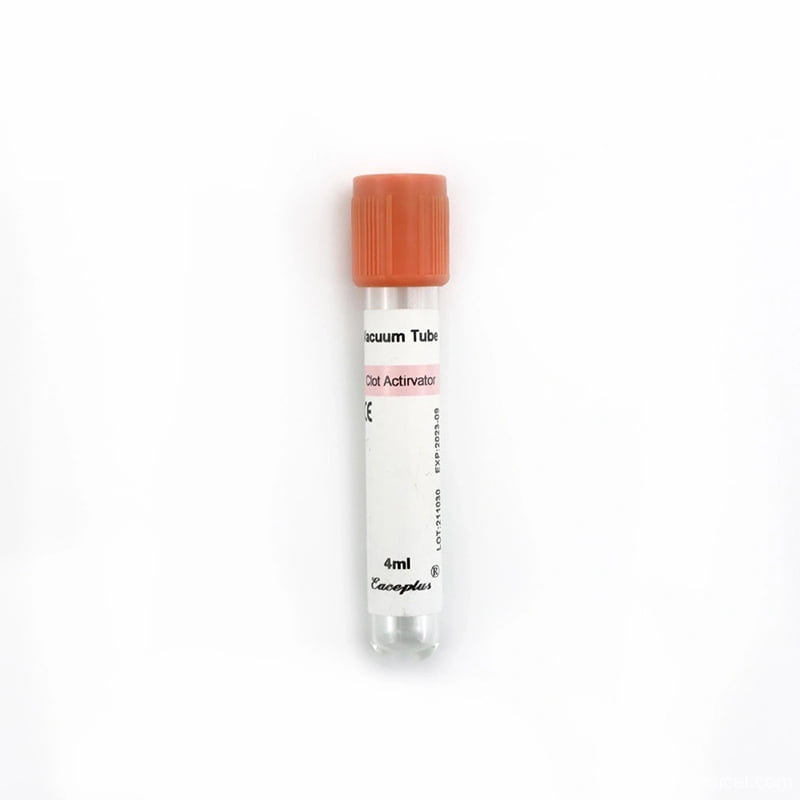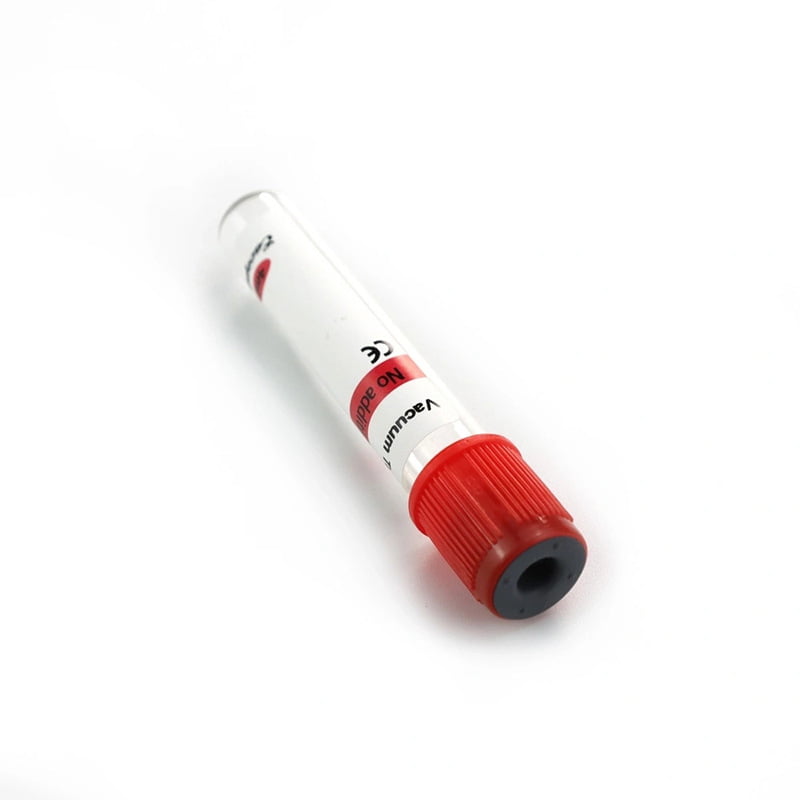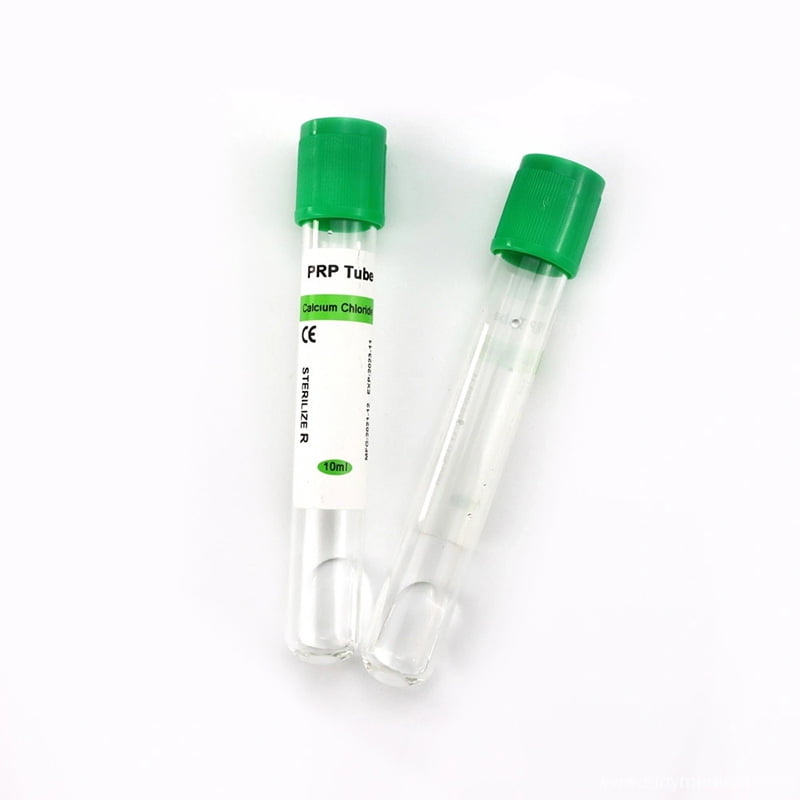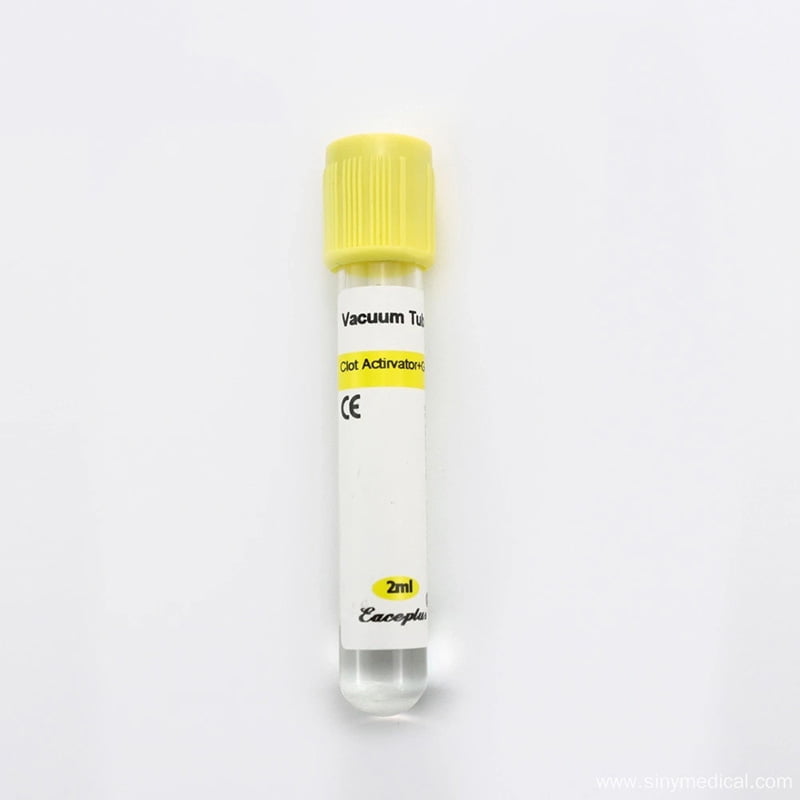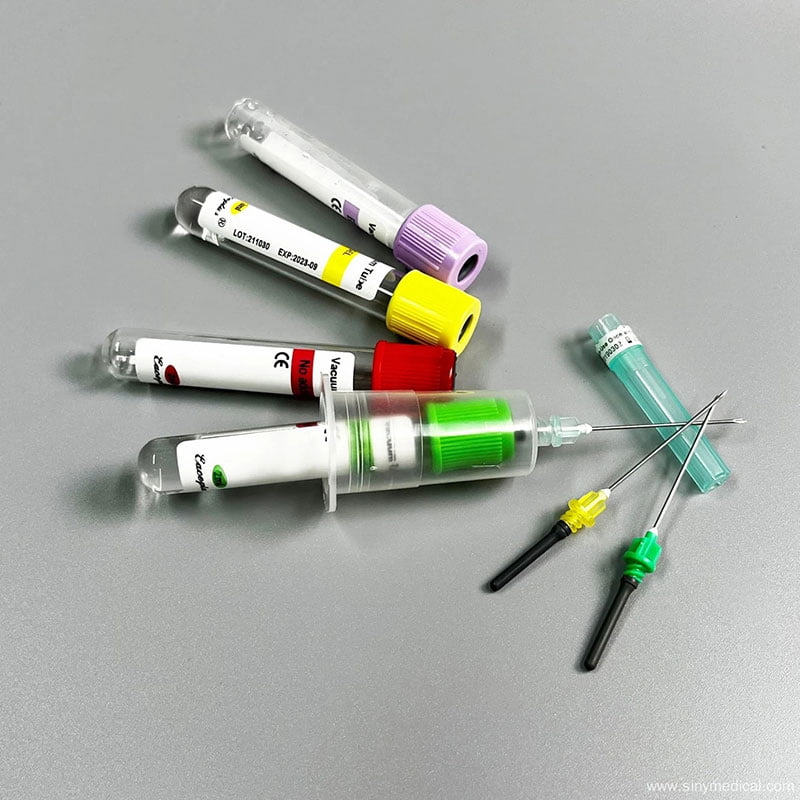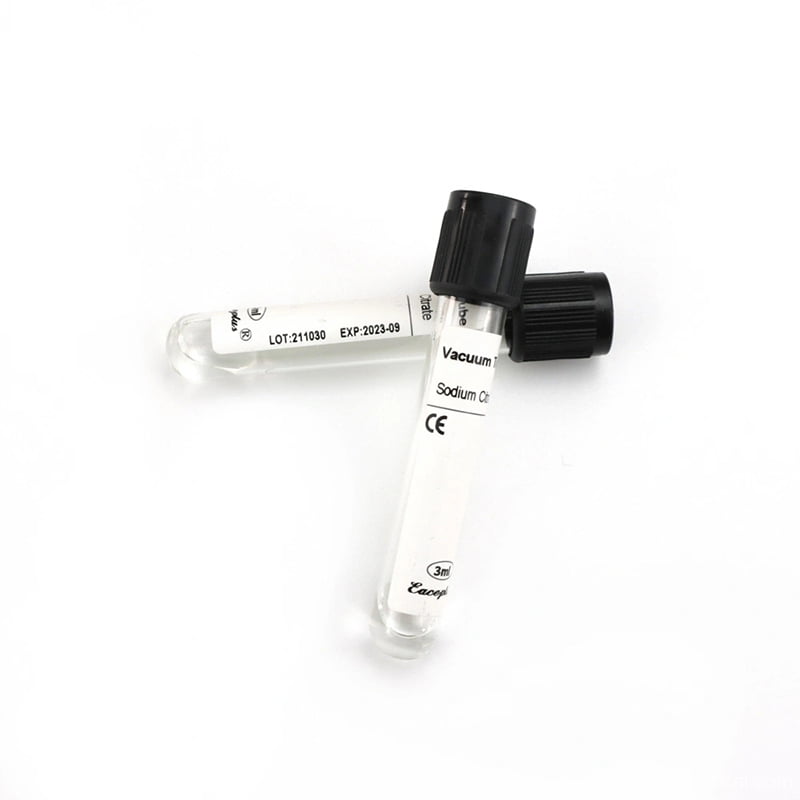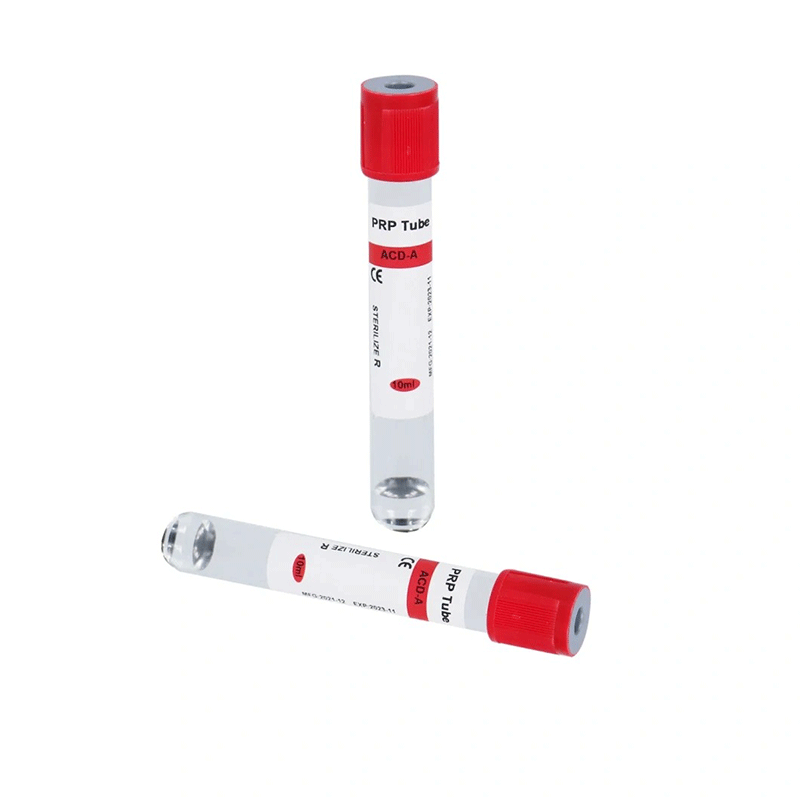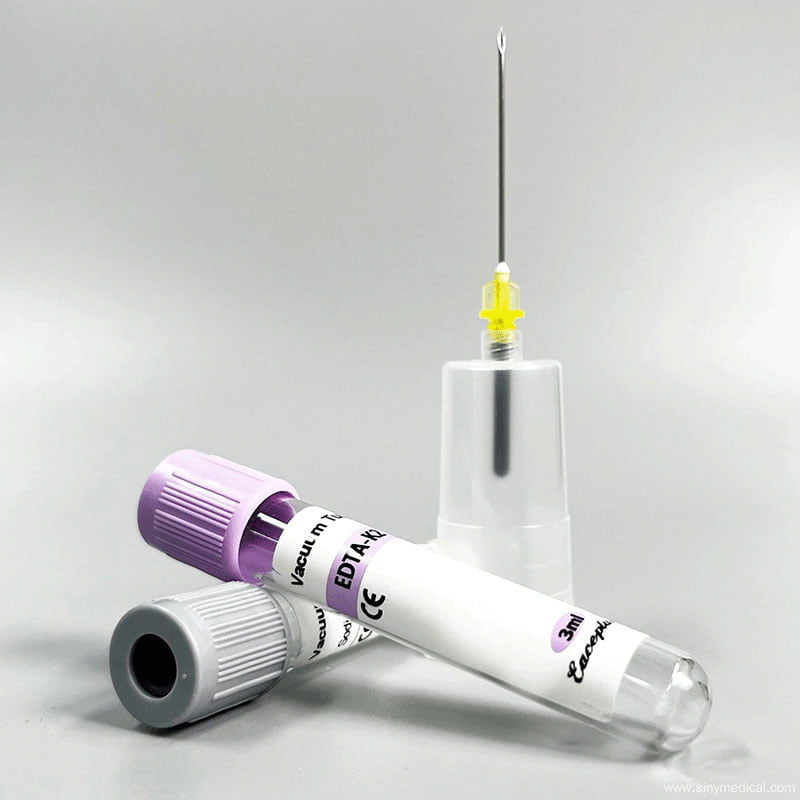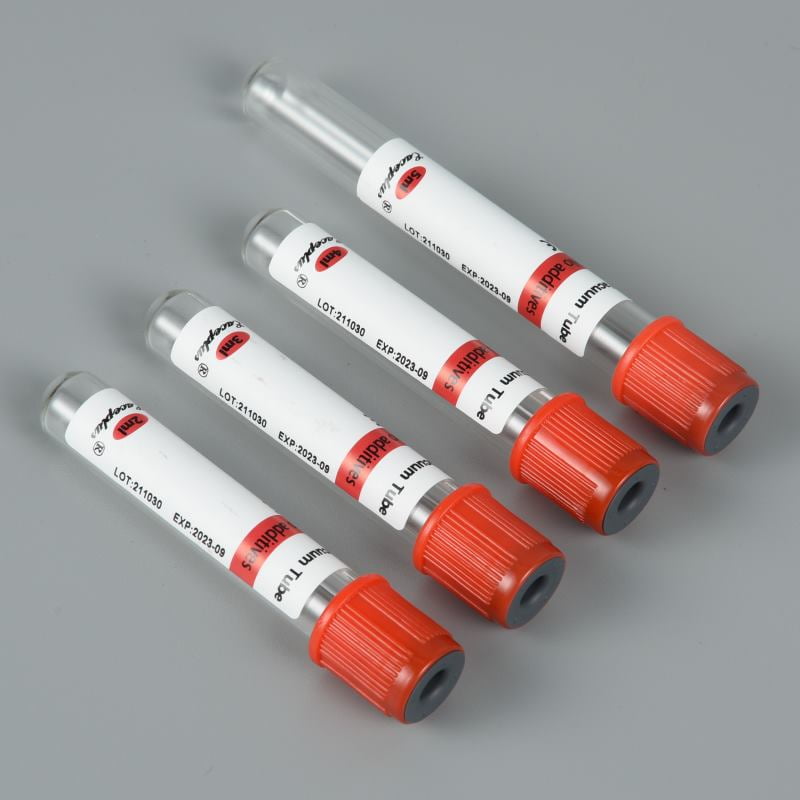Butterfly needles are a staple in modern healthcare, especially for patients with difficult veins or those requiring frequent blood draws. Their unique design and ease of use make them a preferred choice for phlebotomists and healthcare professionals.
Drawing blood is a fundamental procedure in healthcare, and when done correctly, it can be quick, safe, and minimally uncomfortable for the patient. If you’re searching for reliable guidance on how to draw blood with a butterfly needle, you’ve landed in the right place.
At Siny Medical, we specialize in high-quality medical supplies, including premium butterfly blood collection needles designed for precision and patient comfort. Whether you’re a seasoned phlebotomist, a nurse, or a medical student honing your skills, mastering the butterfly needle technique can transform challenging venipunctures into smooth successes.
Table of Contents
- 1 What Is a Butterfly Needle?
- 2 Anatomy of a Butterfly Needle
- 3 Why Choose a Butterfly Needle for Blood Draws?
- 4 Step-by-Step Guide to Drawing Blood With a Butterfly Needle
- 5 Common Mistakes to Avoid
- 6 Choosing the Right Butterfly Needle Size
- 7 Safety and Infection Control
- 8 The Role of Quality Suppliers
- 9 Summary
- 10 FAQs
What Is a Butterfly Needle?
A butterfly needle, also known as a winged infusion set, is a specialized blood collection tool designed for drawing blood from veins that are small, fragile, or hard to access. The name comes from its unique shape — two plastic “wings” on either side of the needle, resembling butterfly wings.
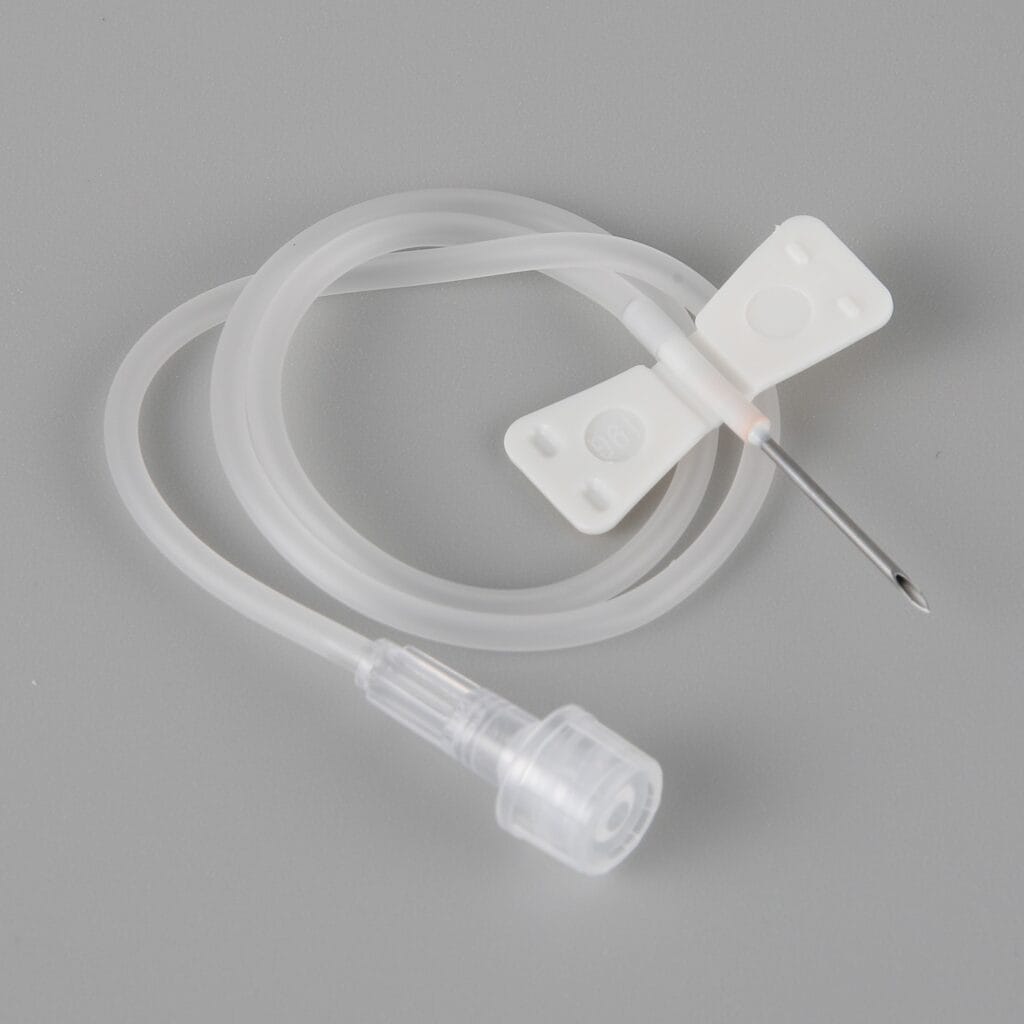
These wings provide greater control during insertion, allowing healthcare professionals to stabilize the needle and minimize patient discomfort.
Components of a Butterfly Needle:
| Component | Description |
|---|---|
| Wings | Flexible plastic tabs used to hold and guide the needle during insertion. |
| Needle | Short, thin, and sharp for precision and comfort. |
| Tubing | A small, flexible tube that connects the needle to a syringe or collection tube. |
| Safety Mechanism | Many modern butterfly needles have a safety lock to prevent accidental needle sticks. |
You can explore different butterfly needle models at Siny Medical’s Butterfly Needle Category, where safety and innovation come together in medical design.
Anatomy of a Butterfly Needle
Understanding the components of a butterfly needle is crucial for proper use:
- Needle: Typically 21 to 23 gauge, ensuring minimal discomfort.
- Wings: Plastic flaps for better grip and control.
- Tubing: Flexible and transparent, allowing for easy blood flow monitoring.
- Connector: Attaches to a syringe or vacuum tube for blood collection.
For a detailed breakdown of how butterfly needles work, check out How Blood Collection Needles Work.
Why Choose a Butterfly Needle for Blood Draws?
A butterfly needle isn’t just about comfort — it’s about precision and patient safety. Professionals often prefer butterfly needles when drawing blood from:
- Elderly patients with fragile veins.
- Infants and children with smaller veins.
- Patients with rolling or hard-to-find veins.
According to Siny Medical’s research, the butterfly needle allows smoother blood collection even in complex cases.
Advantages of Using a Butterfly Needle
- Better control and precision during insertion.
- Reduced pain and tissue damage.
- Lower risk of hemolysis (damage to red blood cells).
- Ideal for multiple tube collections.
If you’re choosing equipment for clinical use, check out Siny Medical’s 18G Butterfly Needles for Safe Blood Draws — designed for efficiency and comfort.
Step-by-Step Guide to Drawing Blood With a Butterfly Needle
Prepare the Patient
- Explain the procedure to the patient to alleviate anxiety.
- Verify the patient’s identity and ensure all necessary equipment is ready.
Gather Supplies
- Butterfly needle
- Alcohol swabs
- Tourniquet
- Blood collection tubes
- Gauze and adhesive bandage
Choose the Vein
- Palpate the arm to locate a suitable vein.
- Common sites include the median cubital, cephalic, and basilic veins.
Clean the Area
- Use an alcohol swab to disinfect the site in a circular motion.
Insert the Needle
- Hold the butterfly needle by the wings at a 15-30 degree angle.
- Insert the needle smoothly into the vein.
Collect the Blood
- Attach the blood collection tube or syringe to the connector.
- Allow the tube to fill to the required volume.
Remove the Needle
- Release the tourniquet and gently withdraw the needle.
- Apply pressure with gauze and secure with a bandage.
For a visual guide, watch our tutorial on YouTube.
Common Mistakes to Avoid
Even experienced professionals can make errors. Here are the most frequent mistakes when using a butterfly needle — and how to avoid them:
- Inserting too deeply – leads to vein puncture or tissue damage.
- Not stabilizing the vein – causes rolling veins and failed draws.
- Reusing equipment – always use sterile, single-use needles.
- Incorrect tube order – can lead to contamination or inaccurate results.
To learn about quality needle manufacturing, check Choosing Butterfly Needle Suppliers and Choosing Blood Collection Needle Supplier.
Choosing the Right Butterfly Needle Size
The gauge (G) of a butterfly needle determines its diameter — the smaller the number, the larger the needle.
| Gauge | Common Use | Typical Application |
|---|---|---|
| 18G | Rapid blood collection | 18G Butterfly Needles – Siny Medical |
| 21G | General adult blood draws | Standard phlebotomy |
| 23G–25G | Pediatric or fragile veins | Elderly or oncology patients |
Choosing the right gauge ensures the best balance of flow rate, patient comfort, and sample quality.
Safety and Infection Control
Safety always comes first. According to CDC guidelines, healthcare workers should follow universal precautions when handling needles. Always:
- Wear gloves and protective gear.
- Dispose of used needles immediately.
- Avoid recapping or manual handling.
- Use safety-engineered devices.
Siny Medical’s butterfly needles are designed with integrated safety features, ensuring protection for both patients and medical staff.
The Role of Quality Suppliers
Choosing a trusted medical supplier matters as much as technique. High-quality butterfly needles ensure smooth draws, accurate results, and fewer complications.
That’s why professionals prefer Siny Medical — a leading manufacturer committed to innovation and precision. Their wide range of medical tools, including blood collection tubes and butterfly needles, are manufactured under strict quality control.
You can also find their verified profile on Made-in-China.
Summary
Drawing blood with a butterfly needle is a skill that requires precision, practice, and the right tools. By following the steps outlined in this guide, you can ensure a smooth and successful blood draw experience for both you and your patient. For high-quality butterfly needles and other medical supplies, trust Siny Medical to meet your needs.
For further inquiries, feel free to Contact Siny Medical.
FAQs
1. What size butterfly needle is best for adults?
Most professionals use a 21G or 23G butterfly needle for adults, depending on vein size.
2. Is it normal for blood to stop flowing during a draw?
Yes, this can happen due to vein collapse or incorrect needle positioning. Gently adjust the angle or reapply the tourniquet.
3. Can butterfly needles be reused?
Absolutely not. They are single-use devices to prevent infection and cross-contamination.
4. What’s the difference between a butterfly needle and a regular needle?
Butterfly needles have wings for control and flexible tubing, making them ideal for smaller or fragile veins.
5. Where can I purchase high-quality butterfly needles?
You can buy them directly from Siny Medical’s Butterfly Needle Store or contact their team via Siny Medical Contact Page.

